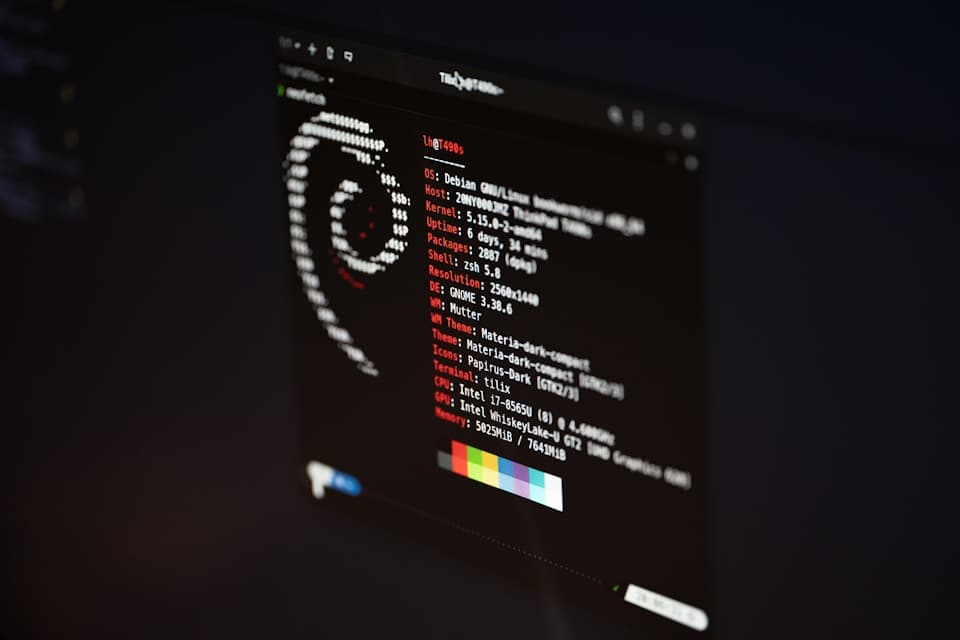~
How to Setup SSH Passwordless Login in Linux [3 Easy Steps]

Secure Shell (SSH) is a widely used protocol that allows secure remote login and file transfer between different machines. One common inconvenience when using SSH is having to enter a password every time you want to connect to a remote server. However, you can eliminate this hassle by setting up passwordless login, which allows you to connect to a remote server without typing a password each time. In this tutorial, we will guide you through the process of setting up SSH passwordless login in Linux in just three easy steps.
Step 1: Generate SSH Key Pair
The first step is to generate an SSH key pair on your local machine. Follow these steps to generate the key pair:
-
Open a terminal on your Linux machine.
-
Enter the following command to generate an SSH key pair:
ssh-keygen -t rsaThis command will generate a 2048-bit RSA key pair by default. If you want to use a different encryption algorithm, you can specify it with the
-toption, such asdsaorecdsa. -
You will be prompted to enter the file in which to save the key. Press Enter to accept the default location (
~/.ssh/id_rsa) or specify a different location. -
Next, you will be prompted to enter a passphrase. Although it is not mandatory, setting a passphrase adds an extra layer of security to your SSH key. If you choose to set a passphrase, make sure it is strong and memorable.
-
After entering the passphrase, the key pair will be generated. You will see a message confirming the creation of the key.
Step 2: Copy the Public Key to the Remote Server
Now that you have generated your SSH key pair, you need to copy the public key to the remote server you want to connect to. Follow these steps:
-
In the terminal on your local machine, use the
ssh-copy-idcommand to copy your public key to the remote server:ssh-copy-id username@remote_server_ipReplace
usernamewith your username on the remote server andremote_server_ipwith the IP address or hostname of the remote server. -
You will be prompted to enter your password for the remote server. Enter the password and press Enter. This is the last time you will need to enter the password for SSH login.
-
The
ssh-copy-idcommand will copy your public key to the appropriate location on the remote server, and set the correct permissions on the necessary files and directories.
Step 3: Test the Passwordless Login
To ensure that the passwordless login setup was successful, follow these steps to test the connection:
-
Open a new terminal window on your local machine.
-
Enter the following command to connect to the remote server using SSH:
ssh username@remote_server_ipReplace
usernamewith your username on the remote server andremote_server_ipwith the IP address or hostname of the remote server. -
If everything is configured correctly, you will be logged into the remote server without being prompted for a password. Congratulations! You have successfully set up SSH passwordless login in Linux.
Conclusion
Setting up SSH passwordless login can greatly improve your productivity and convenience when working with remote servers. By following these three easy steps—generating an SSH key pair, copying the public key to the remote server, and testing the passwordless login—you can establish a secure and hassle-free connection to your Linux servers. Enjoy the seamless remote access and streamline your workflow with SSH passwordless login!
Story Time
I do SSH all the time for my work. I have to SSH into my servers by typing the password every time. It was a hassle. The passwords for enterprise servers are usually long and complex. I was frustrated. I wanted to find a way to SSH into my servers without typing the password every time. I searched online and found out this steps. I tried it and it worked. I was happy.
I wanted to share this with everyone. So I wrote this article. I hope you find it useful.
Special Thanks
Comments
Feel free to share your thoughts, feedback, or questions about setting up SSH passwordless login in Linux in the comments section below. Let's engage in meaningful discussions and explore the endless possibilities of secure remote access with SSH passwordless login!
Please Note: Sometimes, the comments might not show up. If that happens, just refresh the page, and they should appear.